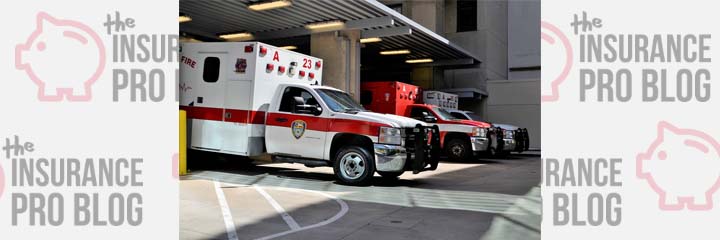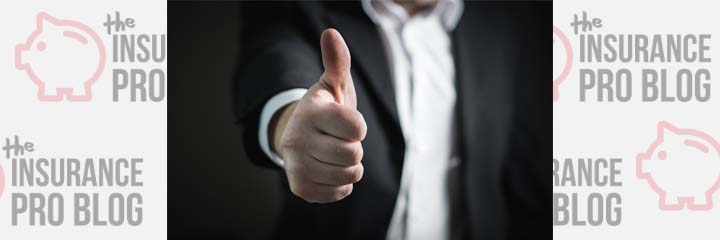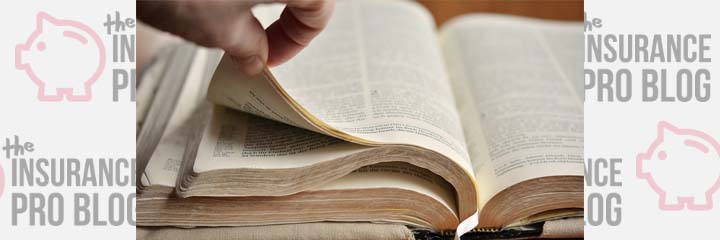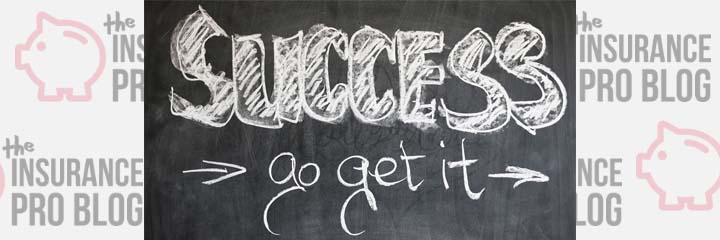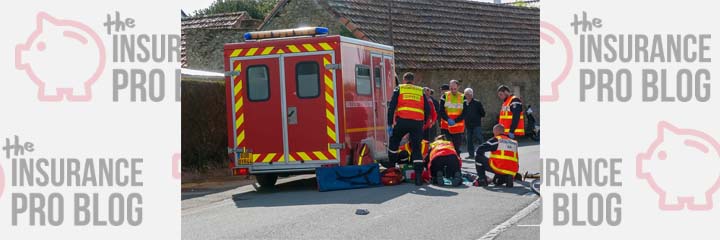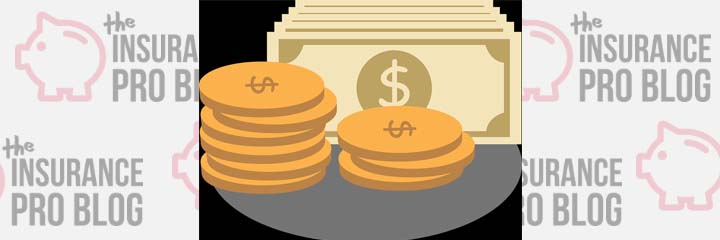Now that we know the basics of indexing, we can dive into a much more interesting topic: Does it work? We're going to use a hypothetical contract (it's actually a real contract from which I have borrowed heavily, but we won't name names) where there is a minimum interest rate of 2% per year and a maximum of 12%. I'm going to attack this from two different approaches, one will be a model based on Monte Carlo methods, and the second will be a historical analysis of 140 years of annual growth in the S&P 500 index.
 Brandon Roberts
Brandon Roberts
The Indexed Approach
For several decades insurance companies have been using an approach to determining credited interest rate that is known as indexing. It's a practice that has had it's detractors (yours truly for a little while) and has been a method that has been used for good an evil by well educated and unscrupulous agents respectively. Today we're going to dive into what it is, what it's not, and ask if it works (i.e. is it worth your time).
How to Pick a Good Insurance Agent
Recently I got a little upset over a post made by another blogger who positions himself as a financial guru for a specific audience, and my issue with a particular piece he did was based on some serious flaws concerning his framing of the issue.
…but there's some gold that I think comes from people like him (and please understand, this is not one my über sarcastic moments). I'll be bold enough to state that when he and his followers state emphatically that insurance agents are con-artists, they aren't referring to me. They are instead referring to the thousands of fly-by-night agents who get picked up from within the dark and scary gutters that the likes of many an insurance sales manager goes looking. Those attracted to the business with champaign wishes and caviar dreams. Those who have a vision board hanging up over their desk with a sports car and lake-house on it. Those who categorize their clients by the size of the paychecks they produced them.
How Policy Blending Works and Why You Want to Know about It
People know that I'm generally a pretty big fan of policy blending. It's essentially a process of combining term insurance with a whole life policy to increase the MEC limit on a whole life contract so that more paid-up additions can flow into the policy. This means more of your outlay goes towards PUA's which means the policy has a higher cash value from the start. This is the design feature that really separates whole life used primarily for death benefit from whole life used for cash accumulation purposes. It requires a little deeper understanding of what's going on, and so isn't always a first choice method among newer or less skilled agents (and there's a big difference between an agent who has been in the business for 10 years and an agent who has had 10 first years in the business).
Single Premium Whole Life Insurance, a Really Safe Place to Store Cash
I'm not going to commit personal finance heresy when I say that as we get older safety of principal becomes way more important than rate of return (personally I believe it's a lot more important even for the younger crowd than a lot of people would have you believe, but that's a fight for another day), today instead I want to talk about Single Premium Whole Life. Also, as people get older and tend to realize they aren't immortal, life insurance suddenly becomes a lot more coveted. If you want to set me off on a several hour long discussion about putting things in order before it's too late, ask me about the number of people in the 60+ crowd I've talked to who stress over whether or not they can afford that 20 year term premium and if they think they'll be dead in the next 20 years so they can “make good on the policy” (copious amount of forehead slaps understood).
Enter Single Premium Whole Life Insurance…
Amateurs…Why I Love to Hate Them
Note: This one took some time and I'm a few days past my normal schedule. It seemed necessary.
So I've known about this guy who is apparently an emergency room physician who got burned some years ago by an NML agent who did what a lot of career agents do (promise someone the sun, the moon, and the stars, and fail miserably to deliver). I've not made this comment publicly here until now, but I've long believed that usually the only difference between Primerica agents and the rest of the career guys and gals is the name of the company on their business cards. They all love to dream up these great strategies, but once the hammer drops on the part they care most about, they're off to the next one.
My original decision on this individual was to simply leave him be. Let him do his thing and pay him no attention (despite the frequent requests I get from people asking what I think about his stuff). But, he recently put together a piece with a truck-load of inaccuracies. I don't care if you want to go against my advice, or think you can build a better mouse trap, but I start to get a tad irritated when someone wants to build the illusion of being an informed resource for personal finance, who has enough time to write about it, but apparently doesn't have enough time to fact check.
(I've removed the link at this time, because I've decided not to promote this crap)
The Methodology Behind “Average” Rate of Return
When someone quotes the rate of return on a specific investment or quotes average returns on an index to support a theory behind achieving similar results in their investment, do you actually know what exactly they are talking about? Further more, what is the probability that you will in fact end up with what everyone else is quoting as “average?” The old joking definition of Statistics is: generally everyone; specifically no one. And this seems to be pretty fitting for a novice skill level in probability and statistics. However, once we get a little more technical, and employ a few more mathematical techniques, we start to explore what purpose these numbers really serve. We'll explore some useful applications of these figures in this post.
Looking for some Good Ideas for your Emergency Fund? Part 3 Reasons 6, 7, and 8
Here we are, the conclusive post to the Emergency Fund trilogy (sounds special). Again, if you'd like a refresher on all 8 reasons from the original post they are:
- Increased rate of return
- Tax deferral
- Potentially tax free withdrawal
- Death benefit
- Private and non-probate asset
- Fewer fees (in most cases)
- Recaptured opportunity
- Systematic savings
Looking for some Good Ideas for your Emergency Fund: Part 2 Reasons 1-5
So last time we dove into general design, and this time around we'll be addressing why this is such a great idea. I left off the last post with 8 reasons for using cash value life insurance as a spot to store emergency fund cash. If you forgot here they are:
- Increased rate of return
- Tax deferral
- Potentially tax free withdrawal
- Death benefit
- Private and non-probate asset
- Fewer fees (in most cases)
- Recaptured opportunity
- Systematic savings
Looking for some Good Ideas for your Emergency Fund? Part 1: Cash Value Life Insurance?
In the spirit of the Holiday Season, which just wound down for the most part (hurray I can drive by major commercial locations again!), I figured I'd make today's piece a sort of “holiday gift ideas with cash value life insurance that kick ass” type post. For years I've been advocating what I'm about to roll out here, and I've got clients who have accomplished some seriously nice cash positions that are crushing what others are traditionally taught to do with their emergency fund money on a rate of return playing field.

